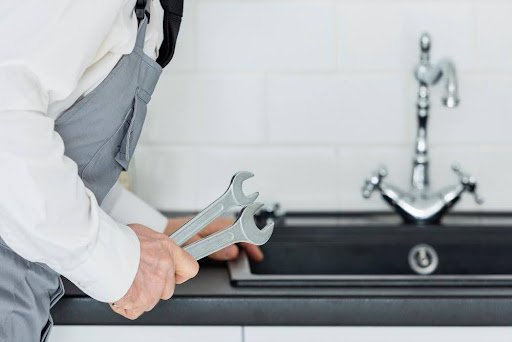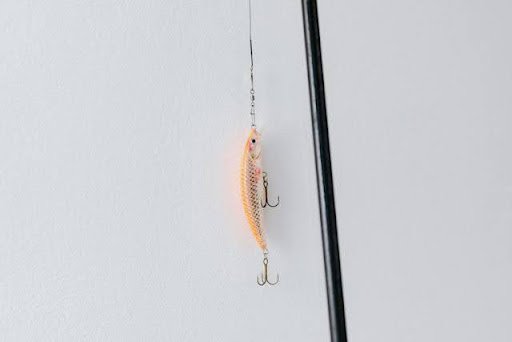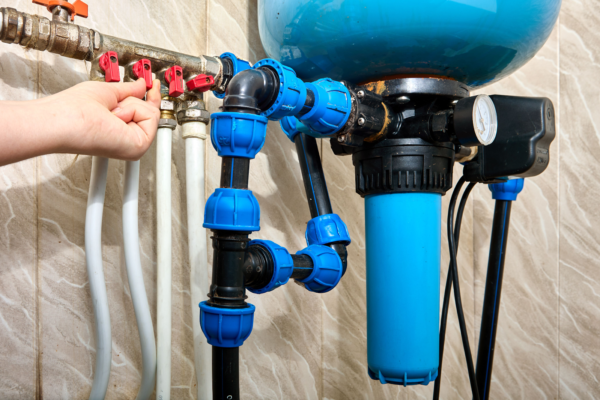9 Strategies for Responsible Coyote Trapping to Minimize Non-Target Catches
If you’ve ventured into the world of coyote trapping, you’re likely aware of the importance of responsible practices. While trapping is a necessary tool for managing coyote populations, the unintentional capture of non-target species is a concern.
Here we’ll delve into strategies to help you minimize non-target catches, ensuring your trapping efforts are both effective and responsible.
Choose Target-Specific Traps
One of the fundamental strategies for minimizing non-target catches is selecting traps designed specifically for coyotes. Modern trapping technology offers a variety of Coyote traps with features that increase the likelihood of capturing the intended species while minimizing the risk of catching non-target animals. Research and invest in traps designed for targeted and ethical coyote trapping.
Set Traps Strategically
Careful trap placement is crucial. Avoid areas with high non-target activity, such as locations frequented by pets, livestock, or other wildlife. Set your traps in areas where coyote activity is prevalent, using your knowledge of their behaviour to increase the chances of capturing your target species while reducing the risk of unintended catches.
Use Location-Specific Baits
Tailor your bait choices to attract coyotes specifically. Avoid using baits that may appeal to non-target species, such as pets or scavenging wildlife. By selecting location-specific baits that are attractive to coyotes, you can enhance the specificity of your trapping efforts.
Employ Snare Modifications
If you use snares, consider modifications to reduce the risk of non-target catches. Implement devices such as breakaway stops or deer stops to prevent the snare from closing completely. These modifications allow larger non-target animals to escape without harm while still effectively capturing coyotes.
Time Trapping Activities
Coyotes are typically more active during certain times of the day. Timing your trapping activities to coincide with peak coyote activity can help minimize non-target catches. Focus on trapping during dawn or dusk when coyotes are most likely to be on the move, reducing the chances of unintentional captures.
Regularly Check and Maintain Traps
Frequent trap checks are essential for responsible trapping. Regularly inspect and maintain your traps to minimize the time non-target animals spend in them. This practice not only ensures humane trapping but also reduces stress and potential injuries to unintended catches.
Utilize Exclusion Devices
Consider incorporating exclusion devices into your trapping setup. These devices are designed to allow certain non-target species to avoid entering the trap, providing an extra layer of protection. Exclusion devices can be particularly useful in areas where specific non-target animals are prevalent.
Employ Live Traps
Live traps offer a humane alternative for managing coyote populations while minimizing non-target catches. These traps capture the animal without causing harm, allowing for safe release in an appropriate location. Live traps can be a valuable tool, especially in areas where the risk of unintended captures is high.
Educate Yourself and Others
Knowledge is a powerful tool in responsible trapping. Educate yourself about the wildlife in your area, including non-target species that may be present. Share your knowledge with fellow trappers and landowners to collectively promote responsible trapping practices.







